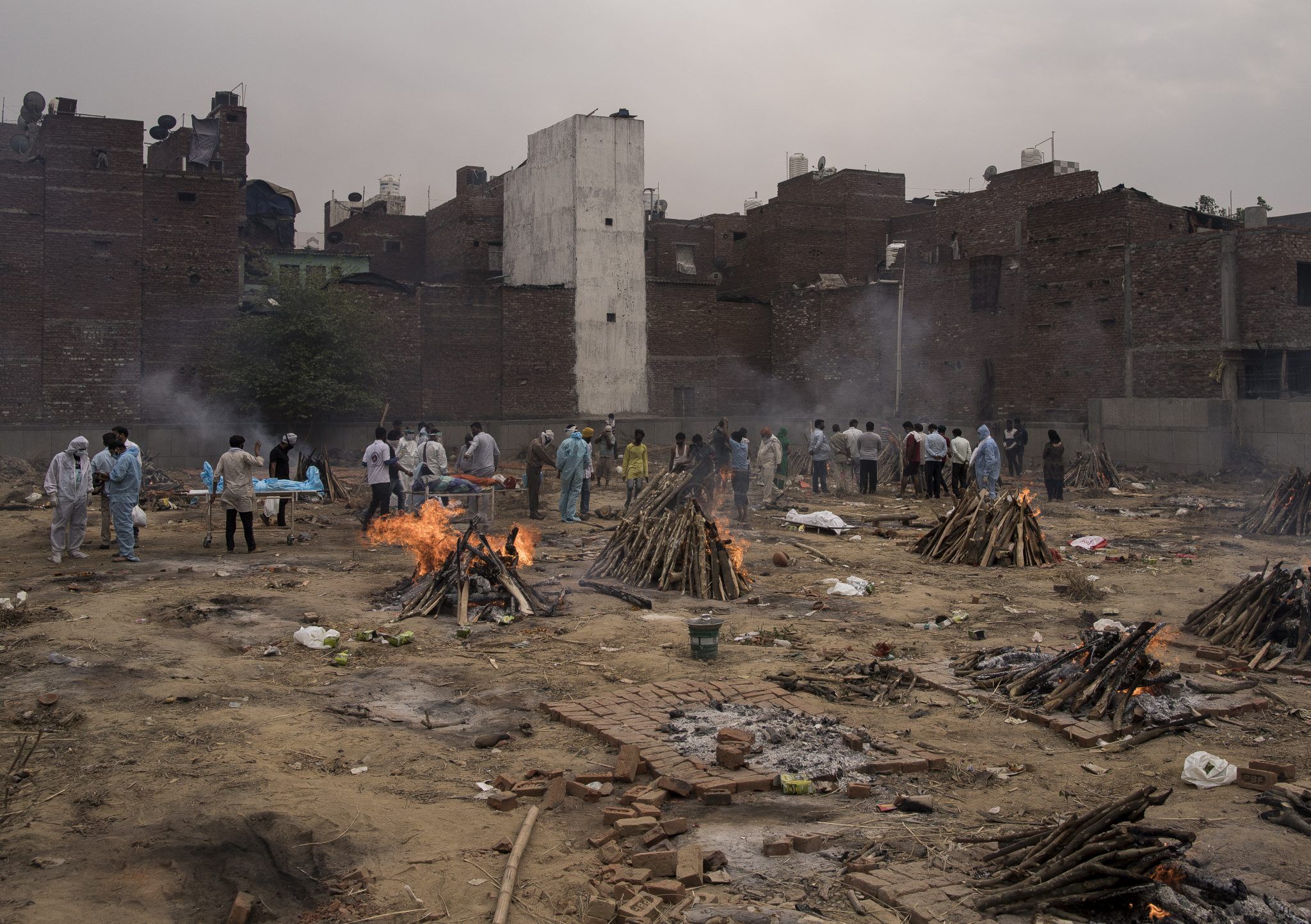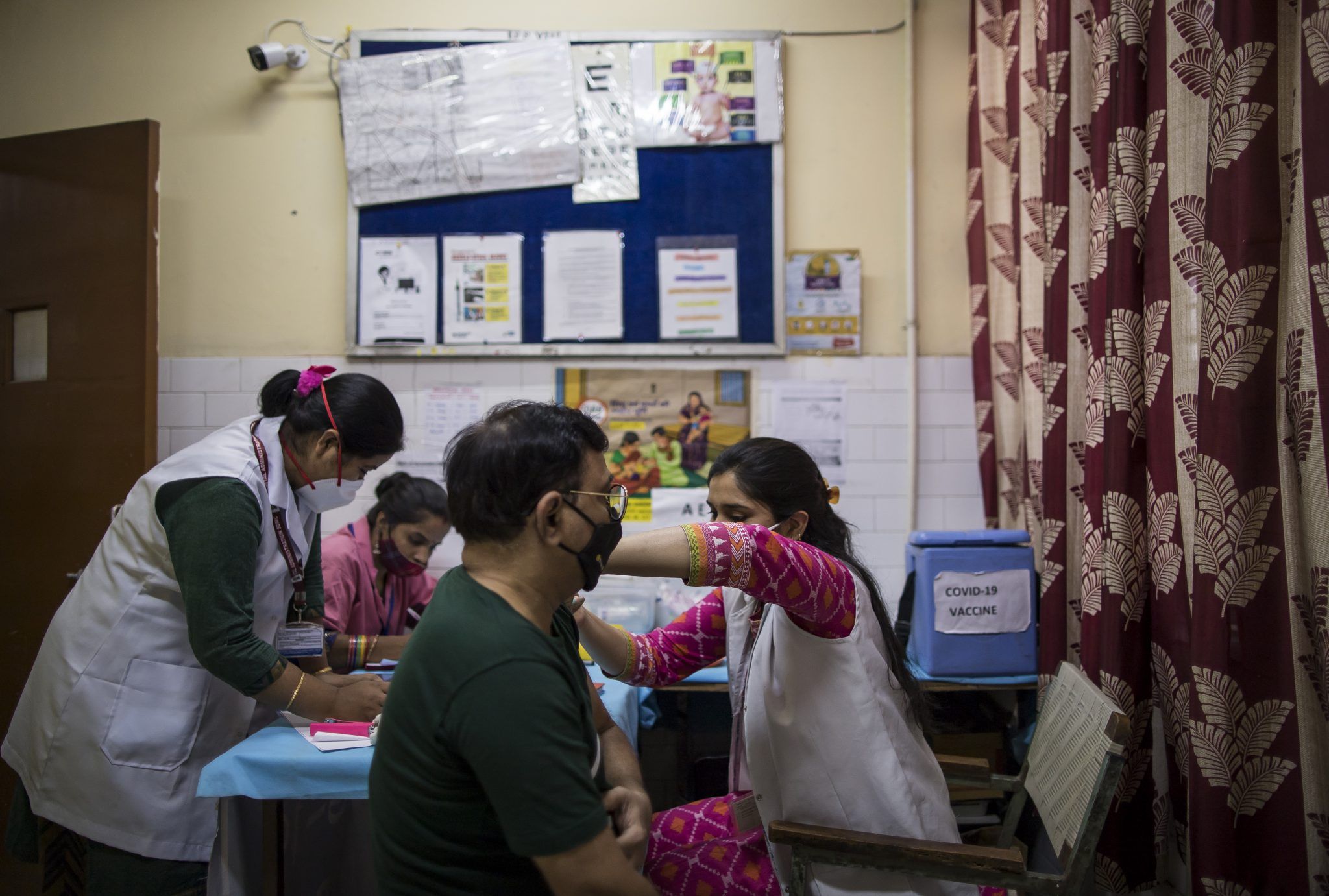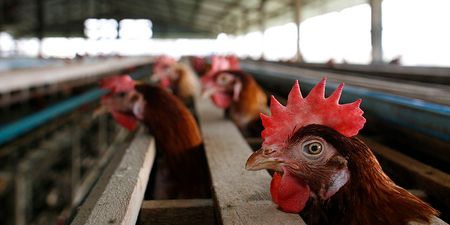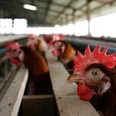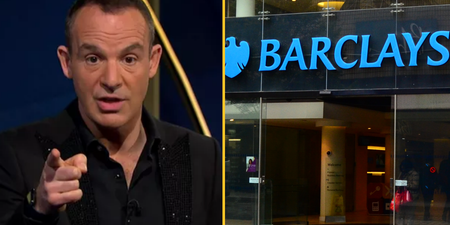India is currently being devastated by a catastrophic second wave of Covid-19, with a highly infection double-mutated variant. What does this mean for the UK?
What is happening in India?
After faring relatively well during the first wave of Covid-19 with respect to mortality, India is now in the grips of a devastating second wave of the virus.
Hospitals in cities, including wealthy ones, are running out of oxygen and critically ill patients are being turned away from hospitals due to lack of room, with many dying on the street outside.
“Covid-19 has hit this country with a ferocity not seen before…but not unexpected either”. WARNING – this is a very distressing but necessary report from @yogital, Fred Scott and Sanjay Ganguly on the human catastrophe unfolding in #Delhi. Please watch #CovidIndia #BBCNewsTen pic.twitter.com/A5Pi1nwd0n
— Nicola Careem (@NicolaCareem) April 21, 2021
India’s official death toll currently stands at 190,000 deaths which, if measured per capita in a country of over 1.3 billion, does not place it among the worst countries affected by the virus.
However, daily case numbers are now over 300,000, and deaths are approaching 3,000 – with some analysis of the figures from the Financial Times suggests daily case numbers could be in the millions, with daily deaths in excess of 17,000.
The Indian prime minister, Narendra Modi, has held crisis talks with the Indian government to discuss a response to the growing humanitarian crisis.
“Discussed the COVID-19 situation with Chief Ministers of the states seeing a surge in infections,” he said.
Discussed the COVID-19 situation with Chief Ministers of the states seeing a surge in infections. We discussed the steps being taken to strengthen the fight against the pandemic. https://t.co/vE3UAHXmMr
— Narendra Modi (@narendramodi) April 23, 2021
“We discussed the steps being taken to strengthen the fight against the pandemic.”
The situation has become so desperate that people have been posting on social media requesting oxygen, recommendations for hospitals that have space, and medical aid.
Dr Atul Gogia, a consultant at the Sir Ganga Ram hospital in Delhi, told the BBC: “All our telephone lines are jammed.
“People are continuously calling the helpline.
“There is a big rush outside the hospital: there are ambulances parked, patients wanting to get deboarded, but the problem is, there is no space.
“We try to mobilise, we try to discharge patients who become stable as early as possible so that we can increase the turnaround, but things are difficult right now.”
Unlike the first wave, people younger and younger are falling ill and dying from the virus.
Why is it happening?
The second wave has been triggered by a combination of things including large population density, double mutated variant of Covid-19 that is more potentially contagious and potentially more lethal, slow vaccine roll out, and complacency among the Indian government after crushing the first wave.
At the beginning of March India’s health minister, Harsh Vardhan, said the country was in the “endgame” of the pandemic, with central bank officials claiming India was “bending the infection curve”, and some people even called prime minister Modi the “vaccine guru.”
As a result of the complacency weddings, celebrations, and religious festivals have gone ahead – as well as over 100 million Indians heading to the polls in regional elections.
And, at present, just 130 million people in India have been vaccinated – less than 10 per cent of its more than 1.3 billion population.
India until recently were manufacturing and distributing doses of the AstraZeneca vaccine abroad, but have since placed restrictions on vaccine exports due to the growing public health crisis.
What is the Indian variant?
The scientific community have been expressing growing concern about the risk of variants, with the British government making its “cautious but irreversible route out of lockdown” subject to the threats of new variants.
The B.1.1.7 variant, also known as the Kent variant, wrecked havoc during Britain’s second wave of Covid-19 due to it being up to 70 per cent more contagious than the original one; it is now the dominant variant in Europe and the United States.
The new variant, first discovered in India is known in the scientific community as B.1.617, and was first discovered in October.
The variant is particularly concerning as it appears to have not one, but two different mutations which may have made Covid-19 more contagious and potentially more lethal – with reports from India that younger people are falling seriously ill.
It is normal for viruses to mutate overtime, and often viruses become less severe as they do – however, it is possible for mutations to develop that make the virus more infectious, or more lethal.
Do vaccines work against it?
There is limited data on whether or not vaccines will work as effectively against the new Indian variant as they do against the original strain of Covid-19.
We do know from data in South Africa, where the South African variant has been found to be more contagious and on some level vaccine resistant variant of Covid-19, that mutations can affect the efficacy of some vaccines.
As a result of the variant, South Africa placed the roll out of the AstraZeneca vaccine on hold, citing data that suggested it was not providing full protection against the variant; this is because the virus can mutate to bypass the body’s antibodies, making the vaccine less effective.
Has it reached the UK?
There have been 670 reported cases of the Indian variant in the UK, with 55 new cases detected in the week up to 21 April indicating a 75 per cent increase on the previous week.
Today, it also emerged that there are people testing positive for the variant that have no travel links with India, indicating community transmission.
What are the British government doing to contain it?
On Tuesday, the government announced that India would be put on the Covid-19 “red list” from 4am this morning.
Boris Johnson also cancelled a planned trip to India to meet with prime minister Modi.
India will be added to the UK’s travel-ban red list of countries from Friday, says Health Secretary Matt Hancock
“We must protect the progress that we’ve made in this country”https://t.co/20C6bLDqpB pic.twitter.com/3fyACYc39D
— BBC Politics (@BBCPolitics) April 19, 2021
However, surge testing for the Indian variant is yet to take place, and the government have not yet officially listed it as “a variant of concern”; surge testing is happening for cases of the South African variant in the UK, however.
The government have faced criticism for the delay in adding India to the red list, as other countries with lower case rates have been classed as red list countries while India – despite its spiralling case numbers – had not.

